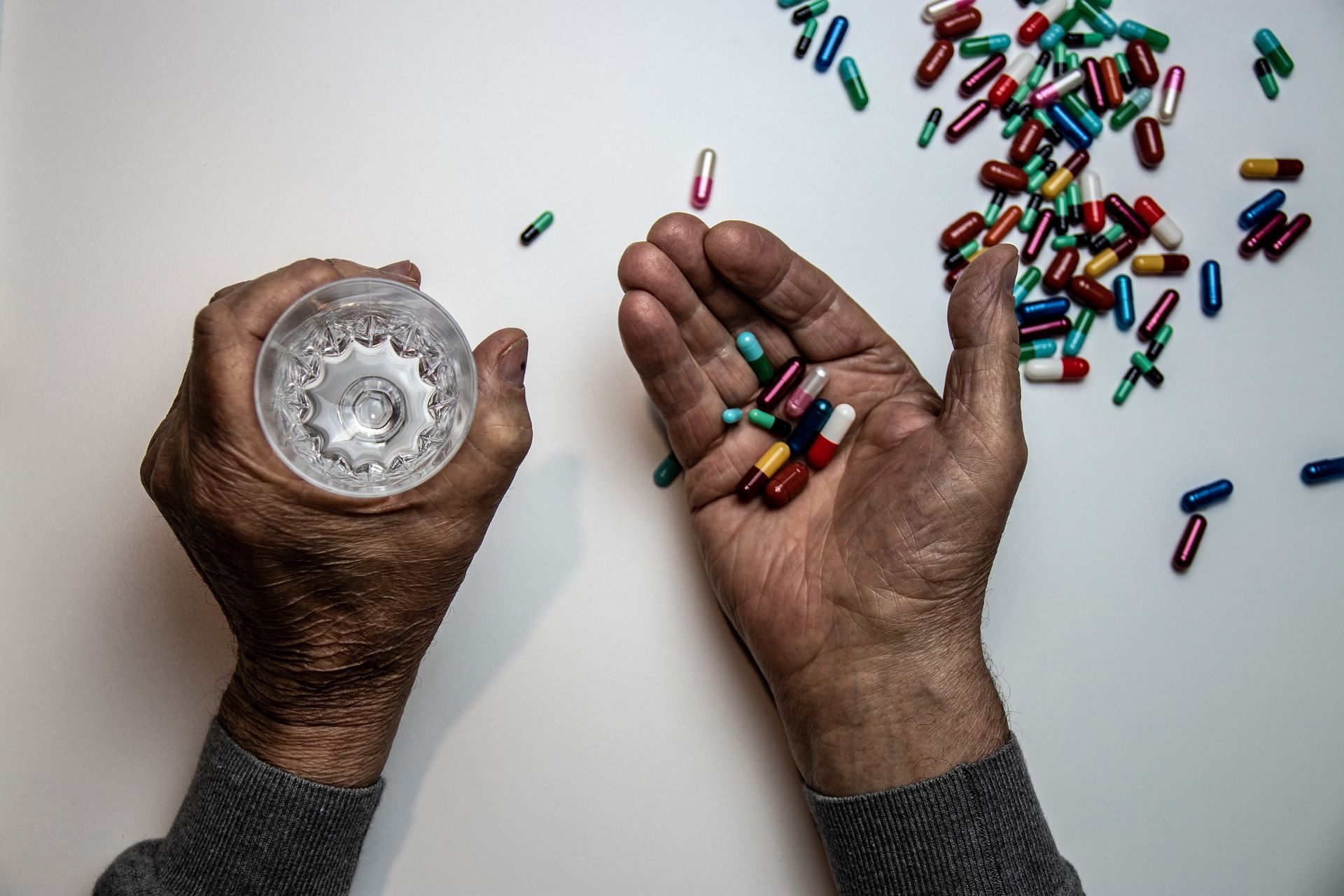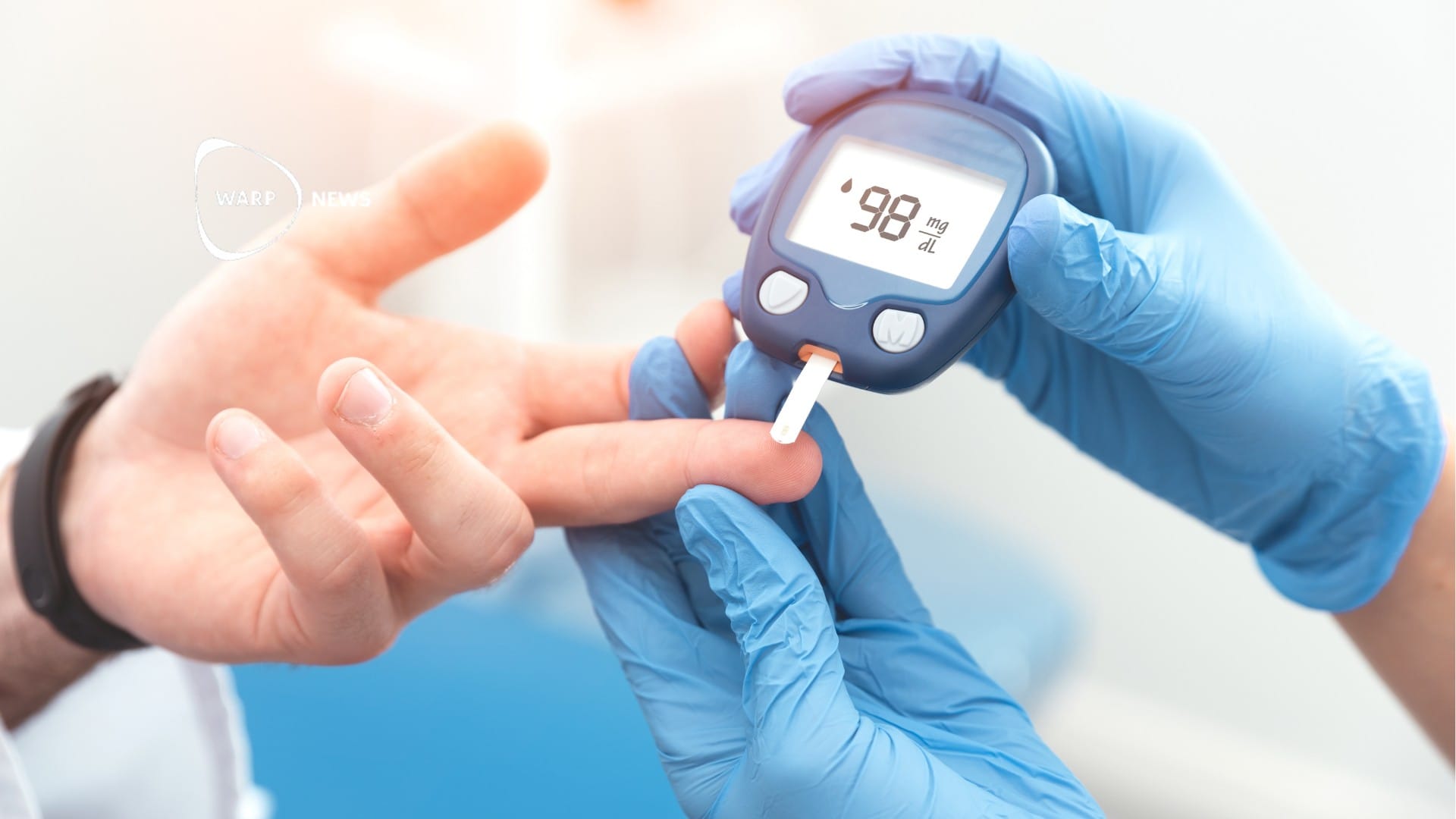
🔬 An algorithm can predict who can get tuberculosis and save millions of lives
Researchers have created an algorithm to help doctors initiate treatment even before the disease has broken out.
Share this story!
Ten million people fell ill with tuberculosis last year and 1.4 million people died from the disease. But now there is hope that those numbers will be able to fall in the future. A research team from University College London has created an algorithm that can predict how much risk a person has from developing tuberculosis .
The researchers collected patient data from 80,000 people and entered the information into an algorithm they developed. The algorithm then forms the basis for a test that can determine who is most at risk of getting tuberculosis.
The point of this is that the doctors could then start a treatment even before the patients became ill. It is possible to have a latent infection that does not cause any symptoms. By identifying those who have latent infections, it is possible to prevent the disease from breaking out.
"If we can identify the people who are most at risk of getting tuberculosis, we can treat their infection with a preventative course of antibiotics before they get sick," said Rishi Gupta, a researcher at University College London and lead author of the article, which describes the method in a comment to The Guardian.
There are already tests that can predict if someone will get tuberculosis, but they leave some to be desired. The new method will give better results when it comes to finding those who are at risk.
- This tool is important because it gives us the opportunity to provide preventive treatment to those who benefit most from it while we avoid giving unnecessary treatments to those who have a very low risk of being affected. This takes us another step to become more precise in our assessments, says Professor Ibrahim Abubakar at University College London
The tool is especially important in areas where tuberculosis is uncommon. These may, for example, be places in the western world where tuberculosis has been eradicated for a long time, but where foreign travelers or people who have moved in from tuberculosis-affected areas bring the disease with them.
- If a person in the countryside in Norfolk has lost weight and is coughing, a general practitioner there hardly suspects that it is tuberculosis because they have not had such a case during their entire career, says Ibrahim Abubakar.
The algorithm works best in areas where tuberculosis is not very common. The hope is therefore that it will first reduce the number of patients in order to in the long run reduce the number of diseases so much that it can be used to eradicate tuberculosis in area after area.
By becoming a premium supporter, you help in the creation and sharing of fact-based optimistic news all over the world.


